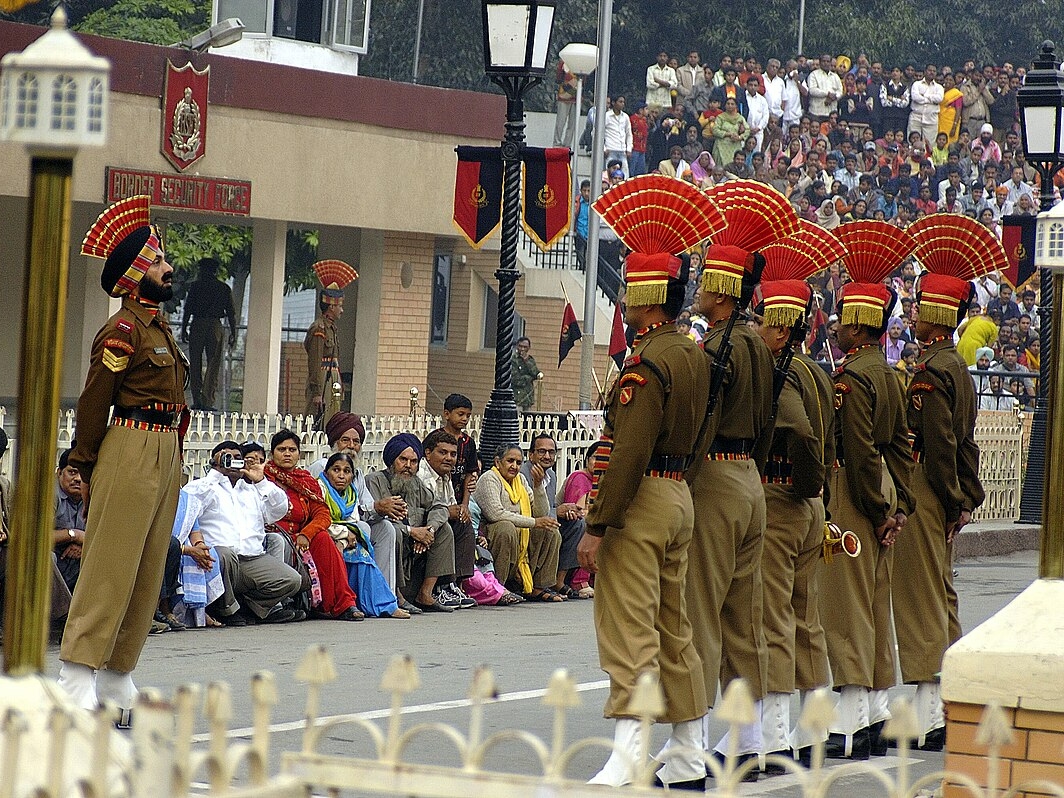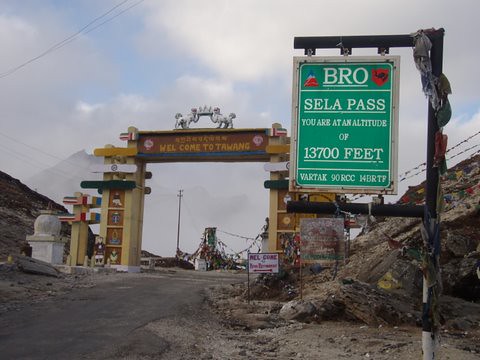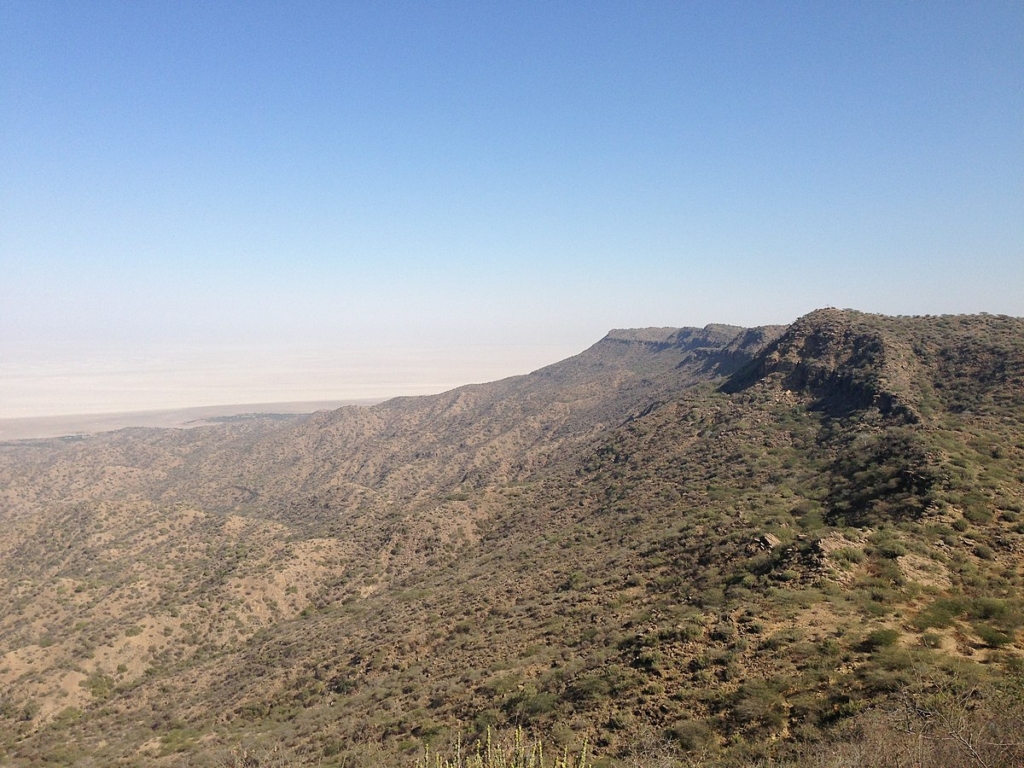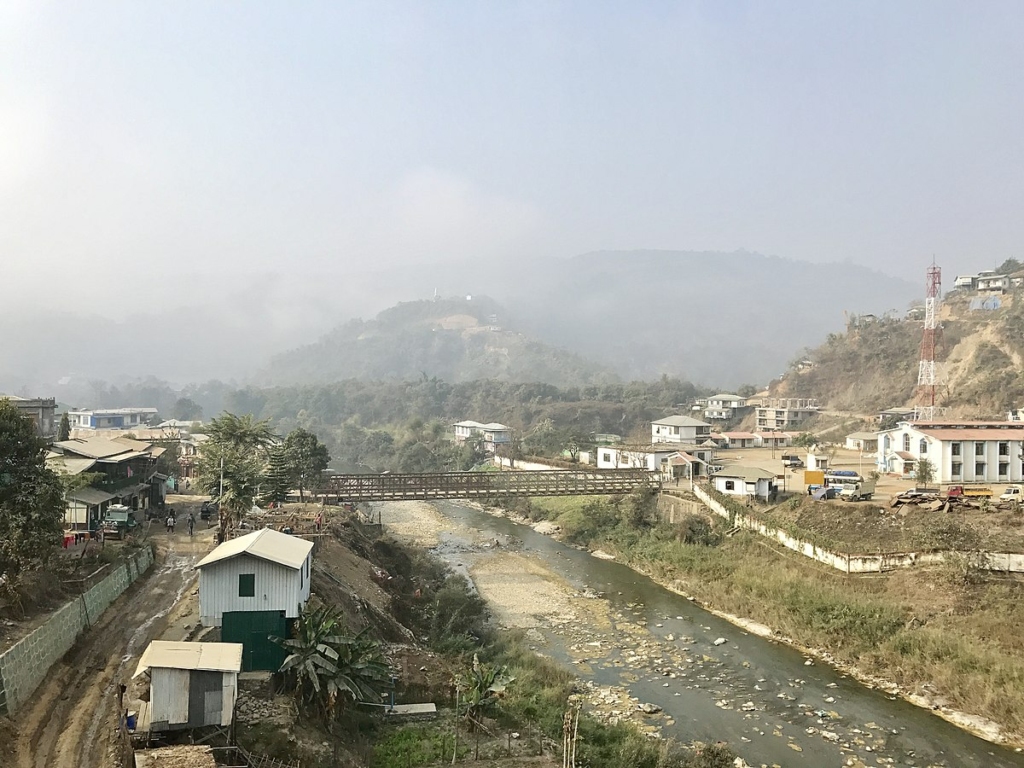Exploring the Borders of India: A Journey of Culture, History, and Patriotism

Have you ever dreamed of standing on the edge of India, gazing across the line that separates nations? The borders of India are more than just geographical boundaries; they are places where history, culture, and patriotism converge. From witnessing ceremonial displays to exploring scenic landscapes, these borders offer experiences that are as unique as they are profound.
In this blog, we take you on a journey through some of the most fascinating borders of India, unravelling their historical significance, cultural importance, and travel tips to make your visit unforgettable.
In this Blog
The Importance of Borders of India
The borders of India are not mere lines on a map; they represent a rich tapestry of interactions, both historical and cultural. These frontiers have witnessed centuries of trade, cultural exchanges, and even conflicts, shaping the regions they divide and connect.
Each border has a story to tell, be it the Indo-Pak border at Wagah, where soldiers perform ceremonial displays every evening, or the Indo-China border at Nathula Pass, which was once part of the historic Silk Route. Visiting these borders allows travellers to connect with the shared heritage and resilience of the people living near these dividing lines.
Moreover, the borders of India are gateways to stunning landscapes, offering unique opportunities to experience the beauty of nature alongside vibrant cultural traditions.
1. Wagah Border: A Patriotic Extravaganza
The Wagah Border, located near Amritsar in Punjab, is one of the most famous borders of India. Known for its daily Beating Retreat Ceremony, it is a spectacle of patriotism and unity that attracts thousands of visitors from around the world.
What to Expect at Wagah Border
- Beating Retreat Ceremony: This evening ritual involves soldiers from India and Pakistan performing synchronised drills and lowering their national flags in unison. The ceremony is marked by loud cheers and fervent patriotism.
- Atmosphere: The energy is electrifying as the crowd chants slogans like “Jai Hind” and waves the Indian flag.
- Accessibility: Located just 32 km from Amritsar, it’s a must-visit for those exploring Punjab.
Travel Tips for Wagah Border
- Arrive Early: To get the best seats for the ceremony, reach the venue at least two hours early.
- Carry Essentials: Bring ID proof, sunscreen, and water bottles.
- Combine with Amritsar Sightseeing: Make time to visit the Golden Temple and Jallianwala Bagh.

2. Tawang: Beauty at the Indo-China Border
Nestled in Arunachal Pradesh, Tawang offers a unique blend of natural beauty, spiritual tranquillity, and proximity to the borders of India with China. The Bum La Pass, located nearby, is a historic and scenic spot that marks the boundary between the two nations.
Highlights of Tawang
- Bum La Pass: This high-altitude pass offers stunning views and was a crucial route during the 1962 Sino-Indian War.
- Tawang Monastery: The largest monastery in India, it is a haven for spiritual seekers and a symbol of Buddhist heritage.
- Adventure Opportunities: From trekking through snow-capped peaks to camping under the stars, Tawang has much to offer.
Tips for Visiting Tawang
- Permits Required: Visitors need an Inner Line Permit (ILP) to access Arunachal Pradesh.
- Travel Season: The best time to visit is between March and October, avoiding the harsh winter months.
- Pack Smart: Carry warm clothing, even during summer, as the temperatures can drop drastically.

3. Rann of Kutch: A Desert Wonderland
The Rann of Kutch in Gujarat, near the borders of India with Pakistan, is a magical white desert that transforms into a cultural hub during the Rann Utsav. This region offers a unique combination of natural beauty and vibrant traditions.
Experiences at Rann of Kutch
- India Bridge: The last civilian-accessible point before the Indo-Pak border provides panoramic views of the desert.
- Rann Utsav: A cultural extravaganza that showcases Gujarat’s folk music, dance, and handicrafts.
- Salt Desert: The white desert looks ethereal under the moonlight, offering a surreal experience.
Travel Tips for Rann of Kutch
- Visit in Winter: The Rann Utsav, held between November and February, is the best time to explore this region.
- Book Early: Accommodation during the festival gets booked quickly, so plan ahead.
- Pack for the Desert: Carry sunscreen, hats, and comfortable footwear to navigate the terrain.

4. Nathula Pass: Gateway to Tibet
Situated in Sikkim, Nathula Pass connects India with Tibet and is a must-visit destination for those exploring the borders of India. This high-altitude pass, at over 14,000 feet, offers breathtaking views and a glimpse into India’s historic ties with Tibet.
Key Attractions at Nathula Pass
- Indo-China Border Gate: Witness the soldiers guarding this strategic border point.
- Silk Route History: Nathula was once part of the ancient trade route that connected India to Central Asia.
- Baba Harbhajan Singh Mandir: A shrine dedicated to a soldier, revered by locals and visitors alike.
Travel Tips for Nathula Pass
- Permits Are Necessary: Obtain a special pass through tour operators in Gangtok.
- Acclimatize First: Spend a day in Gangtok to adjust to the altitude.
- Visit During the Right Season: May to October is ideal, as the roads are clear and safe.

5. Moreh-Tamu Border: Indo-Myanmar Fusion
The Indo-Myanmar border at Moreh, in Manipur, offers a unique glimpse into cross-border culture and trade. The nearby Namphalong Market is a bustling hub where visitors can shop for exotic goods and savour local flavours.
What to Explore at Moreh
- Namphalong Market: A lively marketplace just across the border in Myanmar.
- Cultural Interactions: Experience the blend of Indian and Burmese traditions.
- Local Cuisine: Enjoy delicacies like samosas and Burmese noodles.

Lesser-Known Border Villages of India to Explore
For those seeking offbeat destinations, India’s border villages offer serenity and authenticity.
- Turtuk (Ladakh): Located near the Line of Control (LoC), this village is known for its Balti culture and apricot orchards.
- Mana (Uttarakhand): India’s last village before the Tibetan border, offering stunning Himalayan views and ancient folklore.

Travel Tips for Exploring Borders of India
- Research Permits: Many border areas require special permissions, such as ILPs or Restricted Area Permits.
- Check Weather Conditions: High-altitude borders like Nathula Pass can be inaccessible during winters.
- Respect Local Customs: Follow photography restrictions and other guidelines near sensitive areas.
- Plan Ahead: Whether it’s accommodation or transportation, early planning ensures a hassle-free experience.
Why Staying in a Villa or Cottage is a Must-Try Experience
Exploring the borders of India can be exhausting but rewarding. Staying in a villa or cottage provides a perfect way to relax and rejuvenate after a day of adventure.
Benefits of Villas and Cottages
- Scenic Beauty: Many villas are located in picturesque settings, offering breathtaking views.
- Local Culture: Enjoy regional architecture, traditional cuisine, and warm hospitality.
- Privacy and Comfort: Ideal for families or solo travellers seeking a peaceful retreat.
The borders of India are much more than dividing lines. They are places of immense beauty, cultural significance, and historical importance. From the patriotism of Wagah to the serene landscapes of Tawang and the vibrant festivals of Rann of Kutch, every border has a unique story to tell.
Enhance your experience by staying in a villa or cottage, where you can relax amidst nature and connect deeply with the local culture. So, pack your bags, explore the borders of India, and embark on a journey that will leave you with memories to cherish forever!
FAQ: All You Need to Know About the Borders in India
1. How many borders are there with India?
India shares land borders with seven countries: Pakistan, China, Nepal, Bhutan, Bangladesh, Myanmar, and Afghanistan (via the narrow Wakhan Corridor in Jammu and Kashmir).
2. What is the Total Land Border of India?
The total land border of India stretches for approximately 15,106.7 kilometers, covering diverse terrains such as mountains, plains, deserts, and forests.
3. What is the name of the border between India and Pakistan?
The border between India and Pakistan is called the Radcliffe Line, named after Sir Cyril Radcliffe, who demarcated it during the partition of India in 1947.
4. What is the India-China border called?
The border between India and China is referred to as the Line of Actual Control (LAC). It serves as the de facto boundary, though the exact demarcation remains disputed.
5. Which are the Land Borders of India?
India shares land borders with the following countries:
- Pakistan (3,323 km)
- China (3,488 km)
- Nepal (1,751 km)
- Bhutan (699 km)
- Bangladesh (4,096.7 km) — the longest land border India shares with any country.
- Myanmar (1,643 km)
- Afghanistan (106 km) — a small boundary via the Wakhan Corridor.
6. Which are the Water Borders of India?
India’s water borders are surrounded by the Indian Ocean and cover a vast coastline of approximately 7,516.6 kilometers. The maritime boundaries include:
- Arabian Sea (to the west)
- Bay of Bengal (to the east)
- Indian Ocean (to the south)
India also shares maritime borders with countries like Sri Lanka, Maldives, Thailand, and Indonesia through its Exclusive Economic Zone (EEZ).





